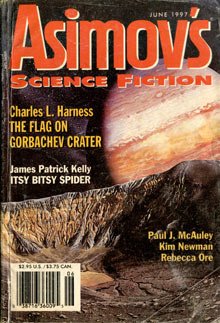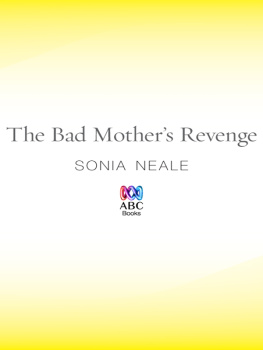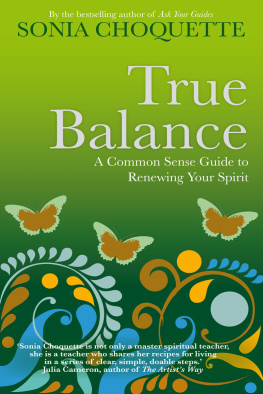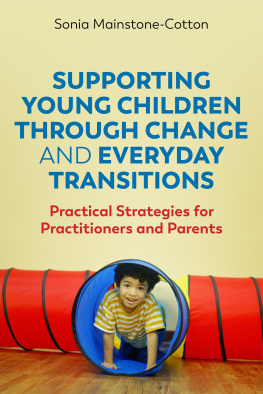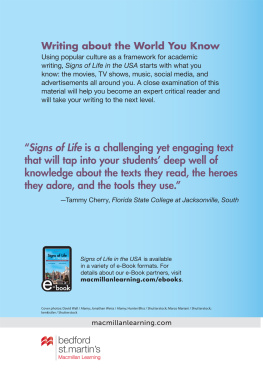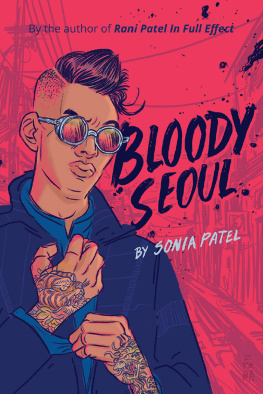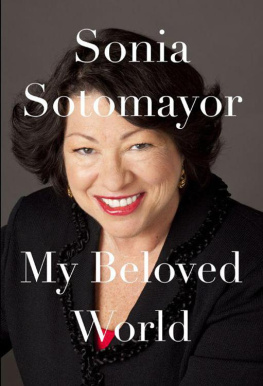Cultural and Environmental Change on Rapa Nui
Rapa Nui, one of the worlds most isolated island societies and home to the moai, has been at the centre of a tense debate for the past decade. Some see it as the site of a dramatic cultural collapse occurring before Western contact, where a self-inflicted ecocide was brought on by the exhaustion of resources. Others argue that the introduction of Western pathogens and the slave raids of 1862 were to blame for the near extinction of the otherwise resilient Rapa Nui people.
Cultural and Environmental Change on Rapa Nui brings together the latest studies by prominent Rapa Nui researchers from all over the world to explore the islands past and present, from its discovery by Polynesians, through the first documented contact with Western culture in 1722, to the 20th century. The exiting new volume looks beyond the moai to examine such questions as: was there was a cultural collapse; how did the Rapa Nui react to Westerners; and what responses did the Rapa Nui develop to adjust to naturally or humanly induced environmental change?
This volume will appeal to scholars and professionals in the fields of history, archaeology and ecology, as well as anyone with an interest in the challenges of sustainable resource management, and the contentious history of Rapa Nui itself.
Sonia Haoa Cardinali is a Rapa Nui archaeologist with extensive experience 41 years in Rapa Nui archaeology. She began her work with Dr William Mulloy and the Orongo restoration project. She has worked with a multitude of international scholars in the management and direction of island excavations that include some of the largest and most impressive monuments on the island, and some 28,000 sites. She has directed the comprehensive island-wide survey of archaeological features and is also keenly interested in the prehistoric ecology of the island and has actively pursued a program of reforestation in conjunction with CONAF. Her abiding interest is in the way humans everywhere relate to the landscape and environment, and how to give back to the present the rich discoveries made in the past.
Kathleen B. Ingersoll, BA, MA, PhD. Her academic interests lie in anthropology, environmental and landscape archaeology, food/horticulture, historic preservation and museum studies, and the interpretation of landscapes, especially in the eastern US and Polynesia. Her latest work includes consulting on museum exhibits for The Mata Ki Te Rangi Foundation on Rapa Nui, both on the island of Rapa Nui and in Tenerife, Spain. She is also a Master Leave No Trace environmental educator and believes in the importance of understanding the relationship between humans, nature, and heritage on a global scale. In this vein, she successfully designed and implemented study tours to Rapa Nui that combined Leave No Trace training with archaeology.
Daniel W. Ingersoll, Jr. His interests include historical archaeology, experimental archaeology, American culture, symbolism, agriculture, and Rapa Nui culture. Ingersoll received his A.B. and Ph.D. in anthropology from Harvard College and Harvard University, respectively. Now professor emeritus, he taught at the University of Massachusetts, Amherst, and then St. Marys College of Maryland for 37 years until retirement. Publications include Experimental Archaeology, with William K. Macdonald and John Yellen and Mirror and Metaphor: Material and Social Constructions of Reality, with Gordon Bronitsky. Ingersolls interest in Rapa Nui studies began in 2006.
Christopher M. Stevenson received his doctorate from The Pennsylvania State University in 1984 for his work on the archaeology of Easter Island (Rapa Nui). Since that time he has worked within cultural resource management and academic contexts and continues to focus on Easter Island pre-history. Since 1988 he has led over 19 expeditions to Rapa Nui and works collaboratively with Rapa Nui/Chilean archaeologists. He has served as a Fulbright Specialist in Chile. His other interests include obsidian hydration dating, the Colonial archaeology of Virginia and Eastern United States pre-history. Currently he is an Assistant Professor Anthropology in the School of World Studies, Virginia Commonwealth University.
Routledge Studies in Archaeology
For more information on this series, please visit www.routledge.com/Routledge-Studies-in-Archaeology/book-series/RSTARCH
23 Exploring the Materiality of Food Stuffs
Transformations, Symbolic Consumption and Embodiment(s)
Edited by Louise Steel and Katharina Zinn
24 Archaeologies of Us and Them
Debating History, Heritage and Indigeneity
Edited by Charlotta Hillerdal, Anna Karlstrm and Carl-Gsta Ojala
25 Balkan Dialogues
Negotiating Identity Between Prehistory And The Present
Edited by Maja Gori and Maria Ivanova
26 Material Worlds
Archaeology, Consumption, and the Road to Modernity
Edited by Barbara J. Heath, Eleanor E. Breen, and Lori A. Lee
27 An Archaeology of Skill
Metalworking Skill and Material Specialization in Early Bronze Age Central Europe
Maikel H.G. Kuijpers
28 Dwelling
Heidegger, Archaeology, Mortality
Philip Tonner
29 New Perspectives in Cultural Resource Management
Edited by Francis P. Mcmanamon
30 Cultural and Environmental Change on Rapa Nui
Edited by Sonia Haoa Cardinali, Kathleen B. Ingersoll,
Christopher M. Stevenson, and Daniel W. Ingersoll, Jr.



